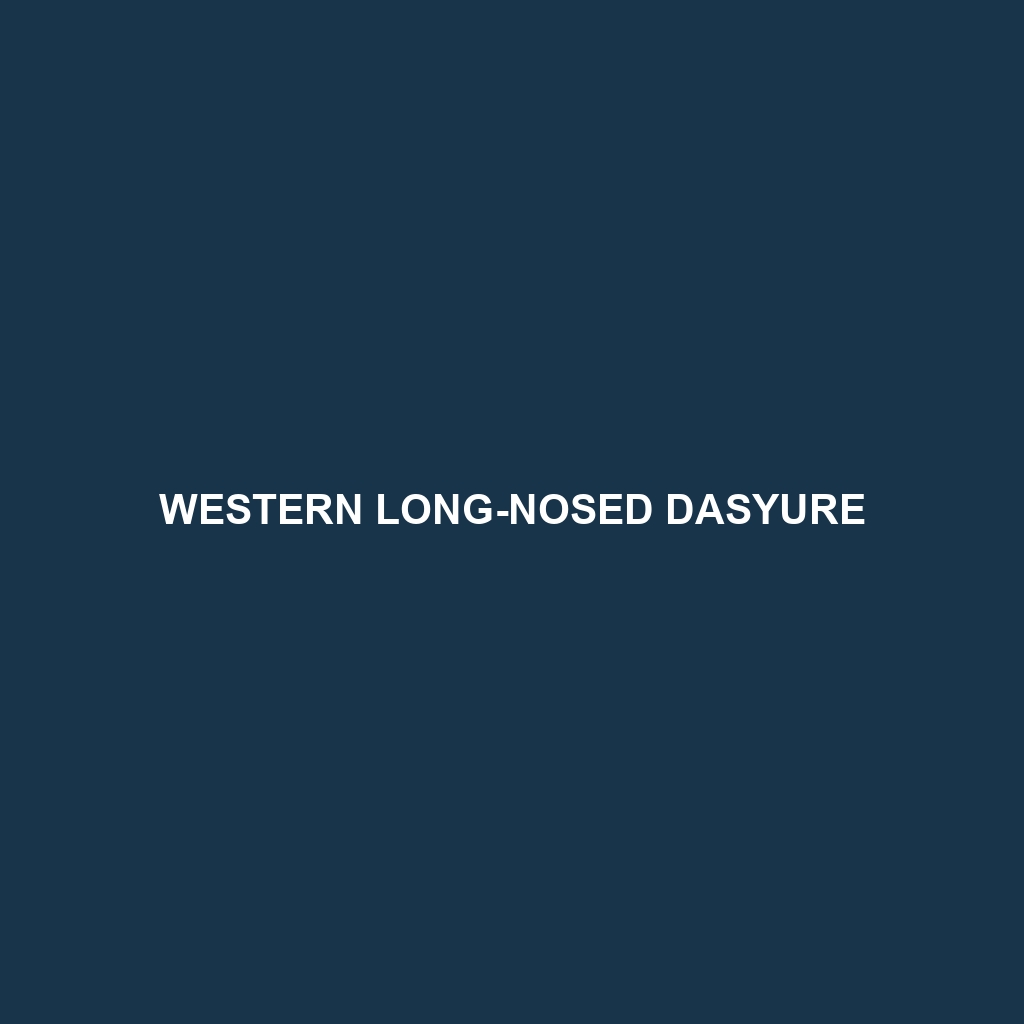Broad-striped Dasyure: A Comprehensive Overview
The Broad-striped Dasyure, also known as the Broad-striped Marsupial Shrew, is a small, carnivorous marsupial native to the island of New Guinea. Known for its striking appearance and unique ecological niche, this creature is a fascinating member of the marsupial family, exhibiting a blend of intriguing physical traits and behaviors.
Physical Characteristics:
Size: Adult Broad-striped Dasyures typically measure about 15 to 20 centimeters in body length, with a tail that adds an additional 10 to 15 centimeters. They weigh between 100 to 200 grams.
Coloration: Their fur is predominantly dark brown or black, with a distinctive broad, cream-colored stripe running from the back of the head down to the base of the tail. This striking stripe serves as a key identifying feature.
Special Features: The Broad-striped Dasyure has sharp, pointed teeth adapted for their carnivorous diet. Their forelimbs are strong and equipped with sharp claws, ideal for digging and capturing prey.
Behavioral Characteristics:
Social Interactions: These marsupials are generally solitary animals, coming together only during the breeding season. They mark their territories with scent markings to ward off intruders.
Feeding Habits: Broad-striped Dasyures are opportunistic feeders, primarily hunting insects, small mammals, birds, and even reptiles. They are known for their agility and swift movements, which aid in capturing prey.
Ecological Roles: As predators, they play a crucial role in controlling the population of small animals and insects in their habitat. Their presence helps maintain a balanced ecosystem.
Habitat:
Geographical Range: The Broad-striped Dasyure is endemic to New Guinea, inhabiting both Papua New Guinea and the Indonesian province of Papua.
Preferred Environment: They thrive in a variety of habitats, including tropical rainforests, montane forests, and subalpine grasslands. They are often found in dense understory vegetation where they can hunt and hide from larger predators.
Adaptations:
Physical Adaptations: Their sharp claws and teeth are key adaptations for hunting and feeding. The broad stripe may also serve as camouflage, breaking up their outline in the dappled light of their forest environment.
Behavioral Adaptations: These nocturnal animals are most active during the night, which helps them avoid many diurnal predators. Their acute sense of smell and hearing aid in locating prey in the dark.
Conservation Status:
The Broad-striped Dasyure is currently classified as “Least Concern” by the IUCN Red List. However, ongoing habitat destruction and climate change could pose future threats. Conservation efforts are focused on habitat preservation and mitigating the impacts of deforestation.
Fun Facts:
Despite their small size, Broad-striped Dasyures are fierce predators, often taking on prey larger than themselves.
They belong to the Dasyuridae family, which includes other well-known marsupials such as the Tasmanian devil and quolls.
The broad stripe on their back is not just for show—it can serve as a visual deterrent to potential predators, making them appear larger and more intimidating.
This captivating marsupial, with its distinctive appearance and dynamic role in the ecosystem, is a testament to the diversity and adaptability of life on New Guinea. The Broad-striped Dasyure continues to intrigue scientists and nature enthusiasts alike, making it a valuable subject of study and conservation.
